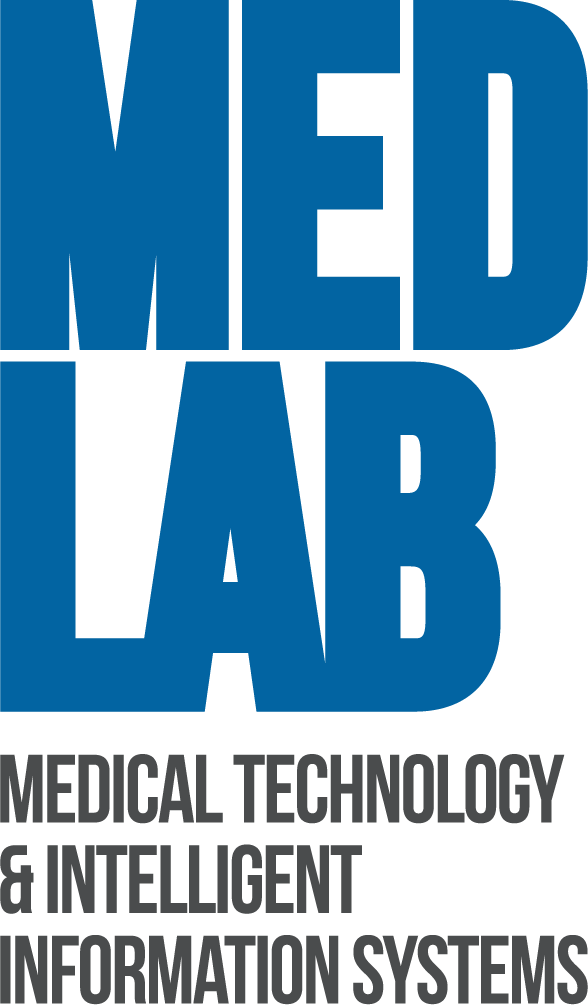Atherosclerosis, a disease of the large arteries, is the primary cause of heart disease and stroke. In westernized societies, it is underlying cause of about 50% of all deaths. Atherosclerosis is a multi – factorial process, which requires extensive accumulation of smooth muscle cells within the intima of the affected artery. The form and content of the advanced lesions of atherosclerosis demonstrate the results of three fundamental biological processes. These are: (1) accumulation of smooth muscle cells, together with variable numbers of accumulated macrophages and T-lymphocytes; (2) formation by the proliferated smooth muscle cells of large amounts of connective tissue matrix, including collagen, elastic fibers and proteoglycans; and (3) accumulation of lipid and free cholesterol within the cells as well as in the surrounding connective tissues. The distribution of lipid and connective tissue in these lesions determines whether they are stable or are at risk of rupture and thrombosis. The factors which influence to artery disease are the increased levels of cholesterol, hypertension, and the incidence of cigarette smoking, diabetes, age or male gender and the occurrence of coronary artery disease. The atherosclerotic plaque progression is associated with mechanical, biochemical, biological and genetic reactions. Blood flows in artery’s lumen and forces to arterial wall with effects to endothelial permeability, gene expression, arterial wall mechanics and smooth muscle cells proliferation.
 Atherosclerosis is characterized by the accumulation of species from blood flow to arterial wall. These species can be lipids, other molecules or cells. We model the biological mechanisms, which concern to atherosclerotic plaque initialization and progression. The LDL transfer from blood flow in the artery wall is the first step in modelling atherosclerotic plaque progression. The next step is the computation of a rate of growth based on this lipid accumulation. In the section of modelling mass transfer, outside the molecular (LDL) transfer, can be added the cell (monocytes) flux in the blood, their adhesion up to endothelial surface and the penetration to the intima. The difference with molecule transfer is the large size of cell in comparison with molecules such as LDL.
Atherosclerosis is characterized by the accumulation of species from blood flow to arterial wall. These species can be lipids, other molecules or cells. We model the biological mechanisms, which concern to atherosclerotic plaque initialization and progression. The LDL transfer from blood flow in the artery wall is the first step in modelling atherosclerotic plaque progression. The next step is the computation of a rate of growth based on this lipid accumulation. In the section of modelling mass transfer, outside the molecular (LDL) transfer, can be added the cell (monocytes) flux in the blood, their adhesion up to endothelial surface and the penetration to the intima. The difference with molecule transfer is the large size of cell in comparison with molecules such as LDL.
The objective of the research is to develop and validate a model for the mass transfer from the blood flow to the artery wall based on blood flow, arterial wall mechanics, biological factors and gene expression which indicates the region of the development and the growth rate of the atherosclerotic plaque progress.






